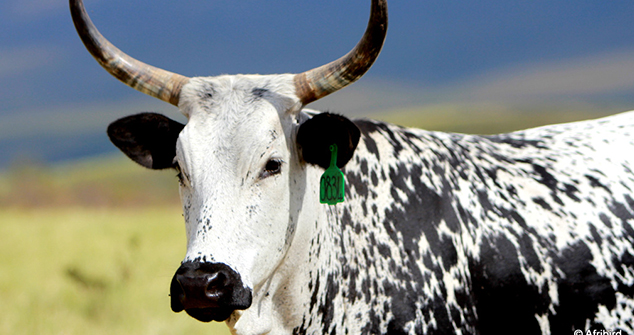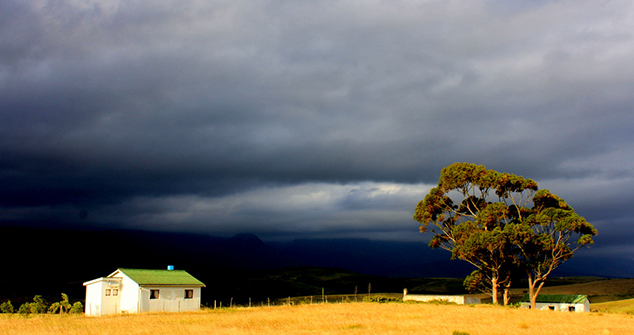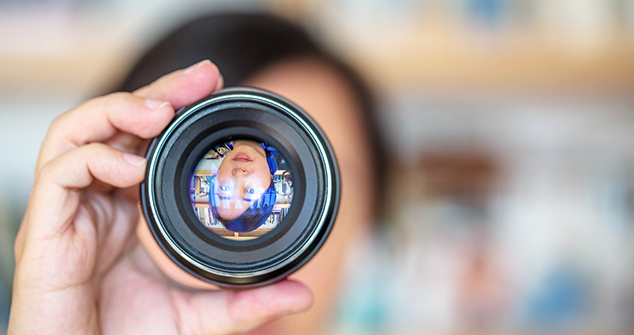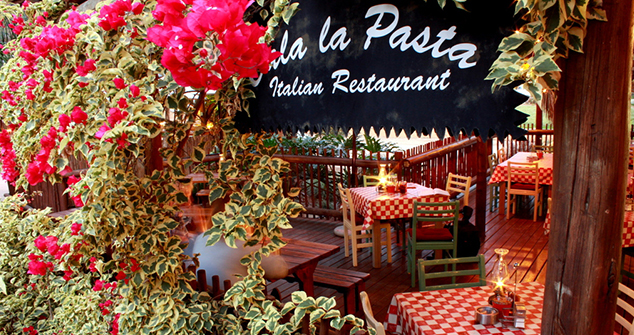When we're travelling, it's often the pictures we take that help us to capture and share our experiences. They tell a story and preserve a memory. The better the photos, the more they communicate. Here are some tips to help you get the most out of your camera; whether it's a DSLR, a cell phone or something in between.
Tip 1: Take control of the camera

- Learn how your camera works before your travel.
- Do you know how to focus in order to get sharp images? How does it perform in low light?
- Do you have a tripod or monopod to help keep your camera steady?
- Look at specialty modes like burst shooting, panorama settings and others, to understand how they can help you take better pictures.
- Keep a high resolution setting on your camera in case you want to print some of your pictures when you return from your trip.
Tip 2: Work with light

Once you're in control of your camera, pay attention to what's happening around you and work with the light. Photos shot in the morning or late afternoon are generally more atmospheric than those shot at midday. It's worth getting up early, even while on holiday, because at dawn and dusk, natural shadows give depth and form to subjects. And remember, you should avoid shooting directly into the sun or having people face into the sun.
Even when taking pictures indoors, use natural light whenever possible and remember that use of the flash creates harsh shadows and blows out details in the foreground. Avoid red-eye by having as much light in the room as possible. And always take the shot both with and without using the flash.
Tip 3: Work with the weather

On holiday, you can't control the weather. Don't let the weather control your photography as there are always ways to take good pictures; cloudy days are excellent for portraits because the light is more even and doesn't leave shadows on people's faces or make them squint. A rainy day opens up the possibility of nice reflections or the drama of a storm. A sunny day helps highlight colours.
Tip 4: Compose like a pro

Try taking several versions of the same subject from different angles. You'll notice that by moving just a bit will result in a very different picture. When composing, remember to
⦁ Choose one main point of interest for your picture and make sure you focus on that.
⦁ Look carefully around the frame to make sure you've seen everything the picture will capture, eliminating anything that will detract from it.
⦁ Experiment with zooming in and out and changing your shooting angle.
⦁Leave a bit of room around the perimeter of the shot for cropping.
Tip 5: Observe the rule of thirds

Imagine a grid over every picture you take, that divides it into thirds. Put the subject at one of the points where the lines intersect, which will make the photo asymmetrical. When there's a horizon line, don't place it in the middle of the picture. When shooting a landscape, using the same imaginary grid of the rule of thirds, move the camera so that horizon is in the upper or lower third of the frame. Before pressing the shutter, double check to make sure it is perfectly straight – a slanting horizon ruins an otherwise good photo. Soon, observing what is known as the rule of thirds will become second nature.
Tip 6: Adjust your angle of view

Take the same picture from different perspectives.
- Get down on the ground and shoot up.
Stand up on something and shoot down. - Take both horizontal (landscape) and vertical (portrait) pictures.
- Take shots through objects. Get down on the same level as your subjects.
Tip 7: look for repeating shapes

Think about finding patterns when you take your picture and work with lines and repetition. A row of bins, a line of trees or fence posts, and a pile of potatoes can all be visually pleasing.
It can also be good to include something in the foreground of a landscape scene, to add depth.
Sometimes you can use foreground elements to frame the main subject - think about how you can use foliage, a window and door frames, arches etc.
Tip 8: Respect people and places
Never force anyone to have their picture taken and respect people if they indicate they don't want you to include them in your picture. Speak to them, and ask for their names. Respect their dignity. Do not reinforce negative and dishonest stereotypes of people. If a photo could embarrass someone, even if they don't ask you not to take the picture, do not. Never take someone's picture stealthily or try to sneak pictures. If you offer to send someone a copy, do it.
Remember that special rules apply to children. It is almost impossible for children to knowingly give consent to having their photograph taken. Always ask yourself: If this were my child, would I want this photo taken and distributed?
Tips for Instagram
Instagram is a wonderful way to tell the story of your travels.
1) Get a variety of shots to do your experience justice. These should include shots from different vantage points, angles and distances from your subject.
2) Filters are fun; but the best travel pics are the truthful ones, so try not to manipulate your picture too much or to move, remove or insert objects. Do play around with apps though; they're all part of the fun. You can find lots of different options in Google and Apple app stores.
3) Be safe and respectful when trying to get a selfie - don't dangle off ledges or put yourself, others or animals in harm's way! Selfie-sticks can be fun.
4) Don't 'borrow' other people's photographs. That's stealing and you'll be found out!
5) Do use hashtags and captions that enrich the content of your image and help you connect with like-minded people through your photography.
6) Don't let trying to capture being in the moment ruin the moment for you. And don't be shy to ask people to take pictures of you too!
Images © Dianne Tipping-Woods/Afribird (except Tip 4&5)